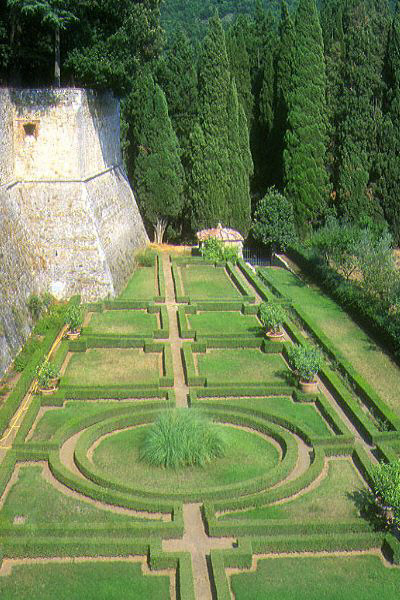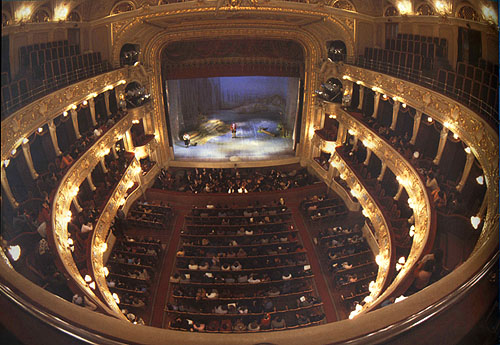


This city has had a lot of different names throughout the years. Cook's men named the city Cooktown. In 1862 the city was renamed New London, until Kings changed the name into Kingstown in 1973. After the Revolution King George IV changed the name into Richmond, after his late brother King Richard.
The population of this city consists for about 90 % of High Class and Royal Class people, who moved from the capital around 1810 due to the increasing amount of High Class people living in Queensville. They settled in the small town then called Cooktown, and rebuilt it into a wealthy town they renamed New London. Unlike Queensville, in this town you will find large victorian houses, wide paved streets, the only University on the island, and many cultural buildings, like an Operahouse.
Sights
Since this town has no surrounding walls you can enter from many sides. The residential quarters look grave and well cared for. In the center we suggest you visit the New London University.
Unlike the town, the university has not changed its name since it was built in 1865. Because it used to be the only university on the island it was only accesible for an elite group of High Class and Royal Class students, until 2004.
Not far away from the University, still in the center, you also find the National Opera House. Built in 1867 it is a beautiful building with great acoustics and nice interiour designs, with three layers of balconies. This is the best learningschool for young musicians who also perform in all the forts and the Queensville Palace throughout the year. Although the orchestra and the vocalists are truly excellent, most performers cannot make a living of music.
On the marketplace you will find a statue of the discoverer of the islands and the man whom this town was originally named after: James Cook. This statue was made by Kyle T. Duncan in 1780.
If you follow Cook street to the west side of town, you see the New London Sports Park and Stadium. The park belongs to the University and has a Horseball field, Track field, Staple track, Fencing club, and a lake for rowing and swimming. The University competes with the people of the different Forts, who each have their sportsclubs, but it has usually the better teams.
On the south-east side of Richmond lies the Kings Estate. It contains of two impressive large buildings, laying in opposite of eachother, with a large symmetric garden in between. One of the buildings was used to seat the government during the oppression years and is called: Fort Kingstown. The other building was Kings home, and is called: Kings Palace.
Fort Kingstown was originally called East Side Fort, and was built (like all the Forts on the islands) in name of Queen Elizabeth of England, by general F.C. Cooper in 1780. When Kings took over the power in 1973 he rebuilt the outlook of the Fort, and built a Palace in the same style. The architecture is very square-like and bare, with large grey brick walls without any scrolls and flourishes or towers.
When Kings was executed in 2003 he was burried in the garden in front of his Palace. Today everyone can visit the Fort and the Palace, since it is transformed into a museum.
Just outside the Estate lies the Richmond Cemetary. It has a small chapel, and every year people gather here to commemorate the victims of the Revolution.